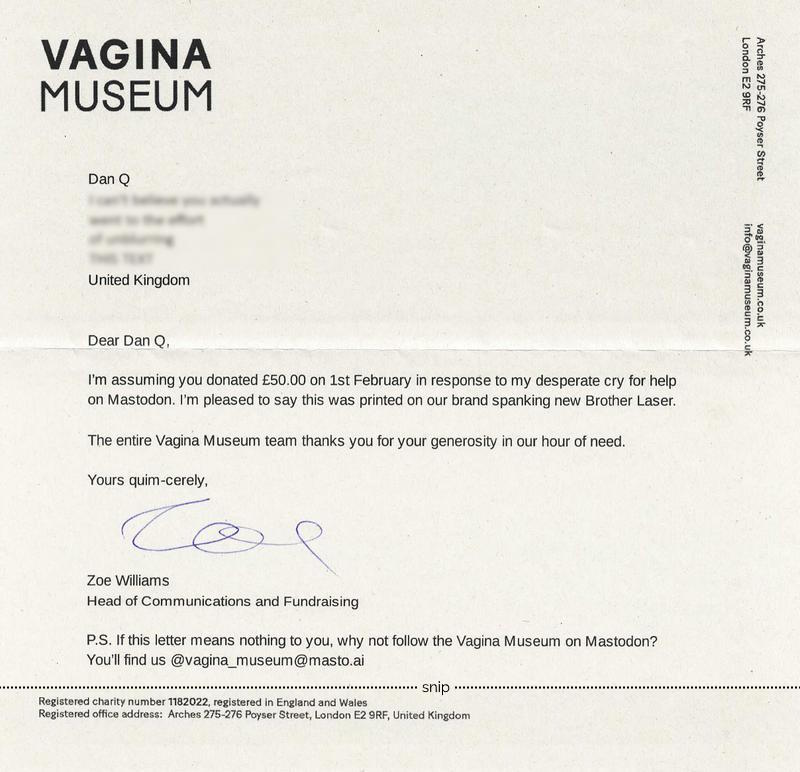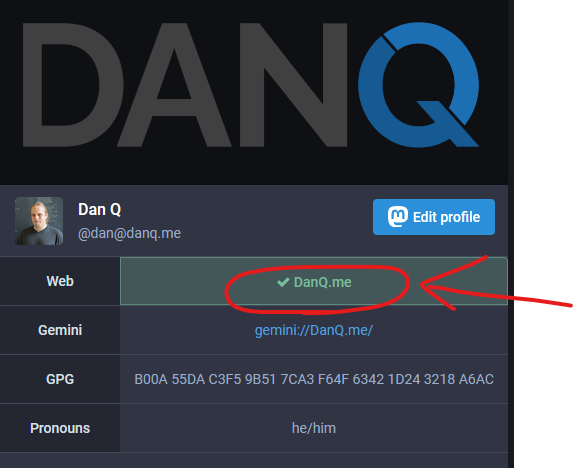Mastodon’s Eternal September begins
In the light of the so-called “Twitter migration”, I’ve spent a lot of the last week helping people new to Mastodon/the Fediverse in general to understand it. Or at least, to understand
how it’s different from Twitter.
If you’re among those jumping ship, by the way, can I recommend that you do two things:
- Don’t stop after reading an article about what Mastodon is and how it works (start here!); please also read about the established
etiquette, and
- Don’t come in with the expectation that it’s “like Twitter but…”, because the ways it’s not like Twitter are more-important (and nobody wants it to be more like Twitter).
The experience has filled me with feelings, for which I really appreciated that Hugh Rundle found such great words to
share, comparing the surge of new users to September(ish) 1993:
…
The tools, protocols and culture of the fediverse were built by trans and queer feminists. Those people had already started to feel sidelined from their own project when people like
me started turning up a few year ago. This isn’t the first time fediverse users have had to deal with a significant state change and feeling of loss. Nevertheless, the basic
principles have mostly held up to now: the culture and technical systems were deliberately designed on principles of consent, agency, and community safety.
…
If the people who built the fediverse generally sought to protect users, corporate platforms like Twitter seek to control their users… [Academics and advertisers] can claim that
legally Twitter has the right to do whatever it wants with this data, and ethically users gave permission for this data to be used in any way when they ticked “I
agree” to the Terms of Service.
…
This attitude has moved with the new influx. Loudly proclaiming that content warnings are censorship, that functionality that has been deliberately unimplemented due to community
safety concerns are “missing” or “broken”, and that volunteer-run servers maintaining control over who they allow and under what conditions are “exclusionary”. No consideration is
given to why the norms and affordances of Mastodon and the broader fediverse exist, and whether the actor they are designed to protect against might be you.
…
I’d highly recommend you read the whole thing because it’s excellent.

Part of the solution
I genuinely believe that the fediverse is among our best bets for making a break from the silos of the corporate Web, and to do that it has to scale – it’s only the speed at which it’s
being asked to do so that’s problematic.
Aside from what I’m already doing – trying to tutor (tootor?) new fediversians about how to integrate in an appropriate and respectful manner and doing a little to supporting the
expansion of the software that makes it tick… I wonder what more I could/should be doing.
Would my effort be best-spent be running a server (one not-just-for-me, I mean: abnib.social, anyone?), or should I use that time and money to support existing instances
directly? Should I brush up on my ActivityPub spec so I can be a more-useful developer, or am I better-placed to focus on tending my own digital garden first? Or maybe I’m looking at it
all wrong and I should be trying to dissuade people from piling-on to a system that might well not be right for them (nor they for it!)?
I don’t know the answers to these questions, but I’m hoping to work them out soon.
Addendum
It only occurred to me after the fact that I should mention that you can find me at @dan@danq.me.
 A
A 



